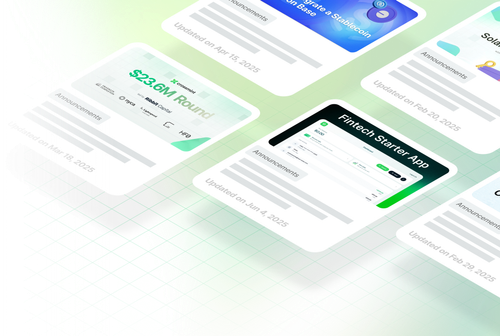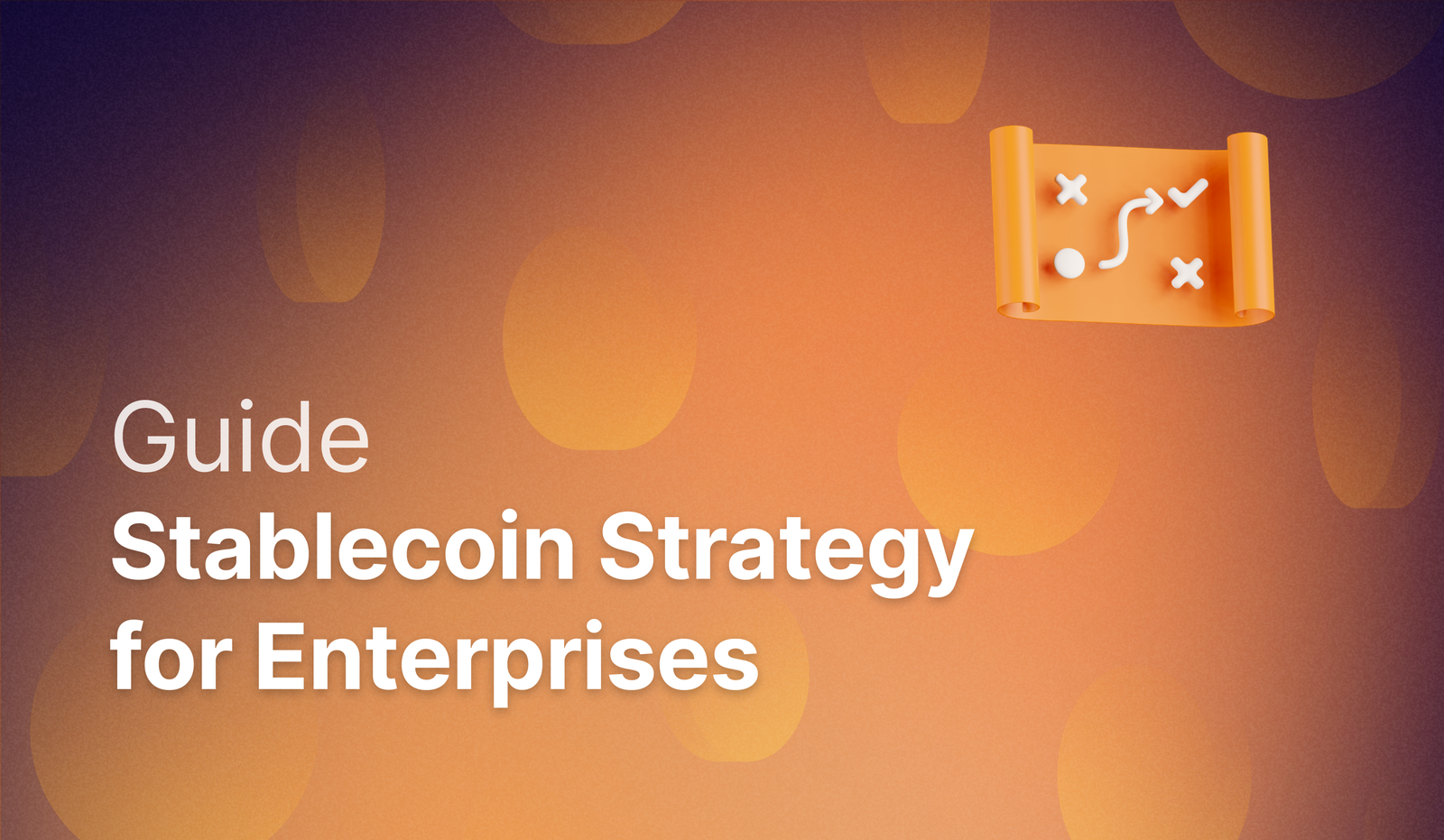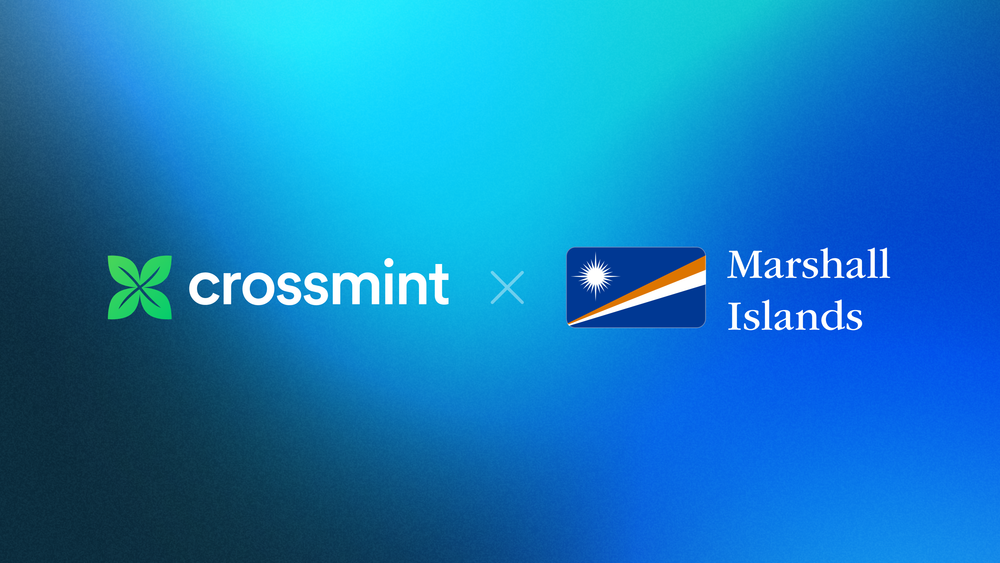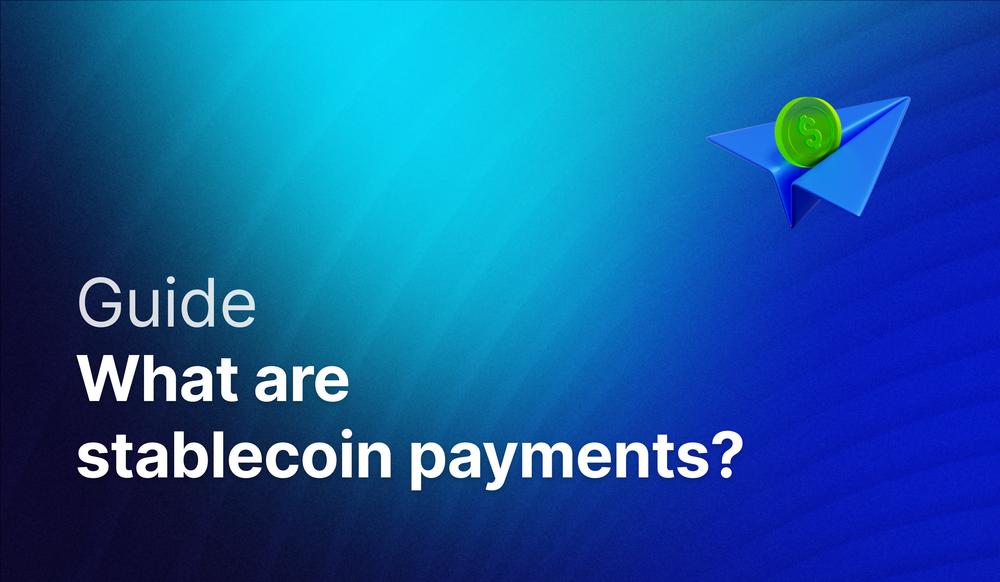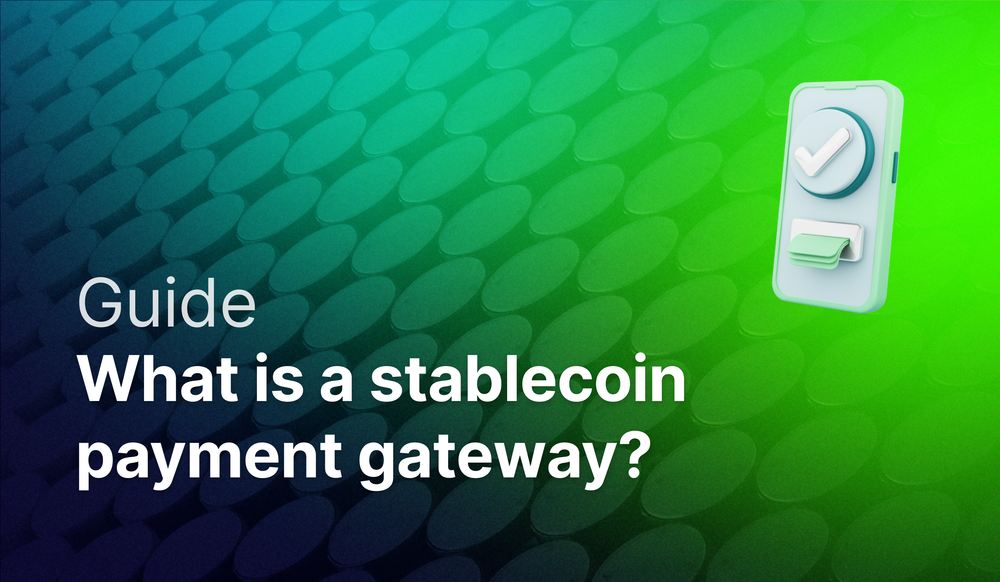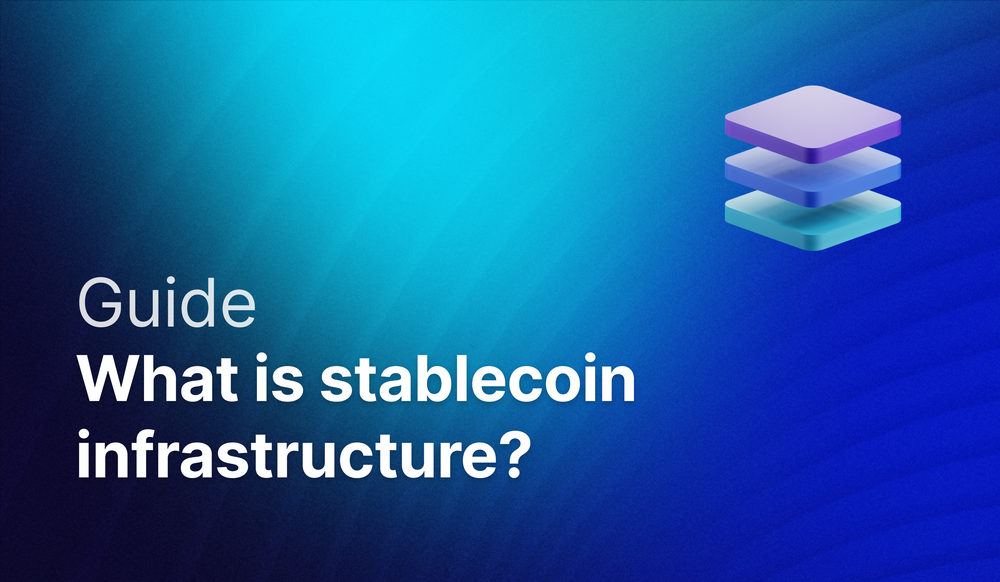Every enterprise leader is asking the same question right now: "Do we need a stablecoin strategy?" The answer is straightforward. If your business handles cross-border payments, serves international customers, or competes with companies that do, you need one now.
Companies implementing stablecoins today are capturing new markets, reducing costs significantly, and building compounding infrastructure advantages. The riskiest move isn't adoption. It's delay.
This stablecoin strategy guide cuts through the noise. You'll learn when a stablecoin strategy makes sense for your business, what infrastructure decisions matter most, and how to launch production-ready stablecoin flows without blockchain engineers or months of integration work.
Why Your Stablecoin Strategy Can't Wait
While you're evaluating options, your competitors are already executing. Remittance companies are enabling faster and cheaper global transfers, plus wallets for recipients. Payroll platforms are sending instant, global payouts to workers and contractors. Neobanks are building global operations with wallets, payments, yield, and more. Enterprises are enabling 24/7 global treasury operations that traditional banking infrastructure can't support.
The traditional barriers that delayed adoption have disappeared. Regulatory uncertainty has been solved with frameworks like the GENIUS Act in the US and MiCA in Europe. The belief that you need blockchain engineers to implement stablecoins has been eliminated by modern infrastructure platforms. Market validation is undeniable, with billions in transaction volume proving the model works.
The window for building competitive advantage through stablecoin adoption is open right now. The question isn't whether you need a stablecoin strategy. It's whether you'll execute yours before your competitors finish executing theirs.
Stablecoin Strategy Breakdown for Remittance, Payroll & Neobank Use Cases
Different enterprises are building their stablecoin strategy around specific use cases where traditional payment rails create bottlenecks, delays, or excessive costs.
Cross-border remittance: MoneyGram, serving 50 million people across 200 countries, upgraded their remittance experience by enabling recipients to receive USDC instantly in embedded wallets instead of waiting in line for cash. Recipients can save in USD (protecting them from local currency devaluation) and cash out to local currency only when needed. MoneyGram went from contract signing to live production in just over two months.
Global payroll and contractor payments: Toku, processing $1B+ in payroll, replaced legacy flows that cost 6-10% and take up to 12 days. Companies connect their payroll systems to Toku, which then sends instant stablecoin payouts to workers' embedded wallets with near-zero transaction costs, eliminating the systemic tax that legacy banking rails impose on global wages.
Neobanks: Wirex built its global neobank with wallets, payments, yield, and treasury services on stablecoin rails. This lets Wirex serve customers globally without needing licenses in every region. Smart wallet architecture with programmable governance delivers bank-grade treasury for businesses and consumer-grade experiences for users.
Across every use case, successful stablecoin strategies follow the same pattern: early skepticism from the market, followed by rapid adoption once businesses see competitors winning with stablecoins. The companies that moved first didn't wait for perfect market conditions. They recognized the opportunity and executed while others evaluated.
The Infrastructure Your Stablecoin
Strategy Needs
Enterprises face a critical decision when they begin to build stablecoin infrastructure: manage multiple vendors for different capabilities or choose a comprehensive stablecoin platform that handles everything through a single integration.
The Challenge of Managing Multiple Vendors
Building stablecoin infrastructure typically requires coordinating wallet providers, on/offramp services, compliance tools, blockchain integrations, gas fee management and more. This approach can create challenges:
- Each integration consumes multiple months of engineering time
- Users face confusing experiences with gas fees, seed phrases, and transaction approval prompts
- Costs often exceed initial projections
What You Actually Need
Enterprises moving fastest chose infrastructure that consolidates these capabilities without requiring blockchain expertise. Essential components include:
- Embedded smart wallets that are upgradeable and don’t lock you in to 1 provider
- Built-in on/offramp infrastructure for seamless fiat-to-stablecoin conversion
- Stablecoin orchestration to convert, store and move stablecoins instantly, globally and compliantly
- Integrated KYC, AML screening, transaction monitoring, and VASP licensing
Developer experience:
- APIs that don't require blockchain experience or specialized developers
- Fiat billing so finance teams never manage crypto treasury operations
Managing Risk
When enterprises evaluate stablecoins, they worry about the wrong risks while overlooking real threats to their business.
The risks people worry about are already solved:
Regulatory uncertainty? The GENIUS Act provides clarity in the US, MiCA governs Europe, and VASP licensing enables compliant operations globally.
Technical complexity? Modern platforms require zero blockchain engineers or specialized developers.
Market maturity? Billions in daily transaction volume across remittance, payroll, and banking prove the model works at scale.
The real risks that actually derail businesses:
Competitive displacement. Your competitor launches stablecoin payments this month, starts capturing your international customers next month, and builds network effects that lock you out of markets you pioneered. Speed matters more than perfection.
Engineering bottlenecks. Your team spends six months building wallet infrastructure while competitors ship product features that customers actually care about. Every month spent on infrastructure is a month not spent on differentiation.
Vendor lock-in. You discover 18 months in that switching providers means forcing users to new wallets, moving millions in locked liquidity, and rebuilding every integration. The "fast" solution becomes the anchor dragging down your roadmap.
Here's the reality check: Companies hesitating on stablecoins are often running higher-risk legacy systems right now. Correspondent banking introduces days of settlement delays and currency exposure. Payment rails go dark every weekend when global customers need to transact. Failed transfers cost customer relationships.
The "risky new technology" often carries less actual risk than the infrastructure you're defending.
How to Launch Your Stablecoin Strategy in Weeks with Crossmint
Executing your stablecoin strategy doesn't require months of planning or specialized blockchain developers. Crossmint is the enterprise-grade, all-in-one stablecoin infrastructure platform built for companies ready to implement their stablecoin strategy.
Launch in weeks, not months. Crossmint provides production-ready stablecoin flows without requiring blockchain engineers. Your existing team can integrate and ship quickly.
Complete solution. Embedded wallets, on/offramps, stablecoin orchestration, and compliance all in one platform. No vendor juggling, no integration headaches, no compliance gaps.
Future-proof infrastructure. Unlike providers that lock you in, Crossmint lets you migrate providers anytime with zero user disruption. Your infrastructure evolves as your business does.
Trusted by MoneyGram, Santander Bank, and leading financial institutions. Reach out to us here to learn more about how stablecoins can become your competitive advantage.


